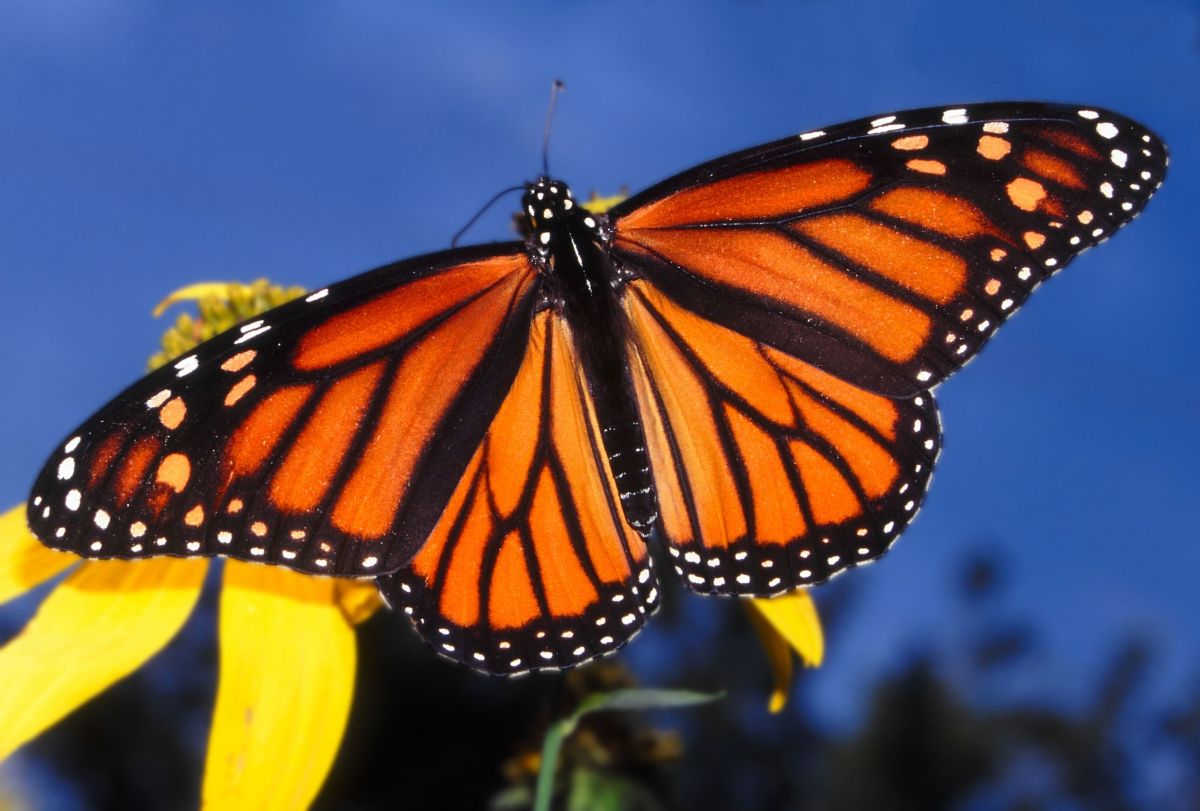LatinaLista — The Monarch butterfly has long been a symbol of international migration that underscores how borders, a human invention, has no bearing on the natural order of life. Yet, what does have an impact is something that both man and nature have had a hand in creating — climate change, which is only intensifying the demise of one of the most majestic butterflies that claims three different countries as home.
The Mexican government and World Wildlife Fund report that the Monarch butterflies’ Mexican breeding ground has dwindled from a robust 45 acres, measured in 1996, to only 1.65 acres this year. Combine that with the effects of climate change: long-term severe cold weather and the ongoing drought in the Southwest and in northern Mexico; plus the lack of its favorite food – milkweed — and the future doesn’t look bright for this beautiful species of butterfly.
Dr. Craig Wilson, director of the Hispanic Serving Institutions National Program (HSINP) FUTURE SCIENTISTS PROGRAM, who also happens to be a research associate at Texas A&M in College Station, Texas and an avid Monarch tracker, is sounding the alarm over the urgency of the Monarch crisis.
While the Monarch’s numbers have been steadily decreasing over the last ten years, the reality hit home last year for Wilson and his colleagues. Last fall, at Wilson’s campus, only one-fifth of the number of Monarch butterflies were netted and tagged compared to 2012.
According to Wilson, Mexico’s Michoacan state, the winter nesting site for Monarch butterflies, saw near-historic lows. It’s a troubling discovery considering that it takes four generations of the insects to make it all the way up to Canada, and because there is already a lack of milkweed along the way, too many do not survive the journey.
For Wilson, the survival of the Monarch butterfly goes deeper than just the saving the insect.
“What we are hoping to save is the MAGICAL MIGRATION,” Wilson replied in an email to Latina Lista. “It is a wonder of the world that a butterfly can fly 2,000 miles from Canada and the Mid-West to Mexico, to an area it has NEVER been to, just as its grandparents migrated north last spring.”
Wilson believes not all hope is lost and there is still a way to help the butterflies, not only survive, but make it possible for them to start recouping their lost numbers before the loss is irreversible.
Wilson would like to see the US government declare a national priority for planting milkweed along the north-south interstates, over which the Monarchs fly. He feels that if the butterflies found the milkweed along their flight path it could become a ‘feeding corridor’ for them and, in turn, help them reach Canada.
Wilson says that Texas is the most critical state to supply milkweed to the traveling butterflies since the Lone Star State is the first stop for the butterflies after leaving Mexico.
“The milkweed is the ONLY plant Monarch caterpillars will eat,” Wilson wrote. “The adults feed on many other nectar wildflowers.”
Though Texas may be the first stop, states throughout the Midwest are also important feeding areas for the Monarch, especially since Wisconsin, Minnesota and Iowa are considered prime breeding areas for the Monarch in the United States.
In addition to the milkweed, Wilson says that nectar flowers are also needed.
“Nectar flowers provide a food source for the adults that give them energy to breed AND to migrate both North and South,” Wilson wrote.
“If people want to help, they can pick up some milkweed plants right now at local farmer’s cooperative stores,” Wilson says, “and this would be a small but helpful step to aid in their migration journey and to raise awareness of the plight.”



